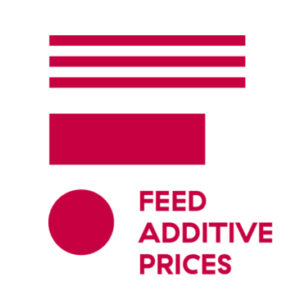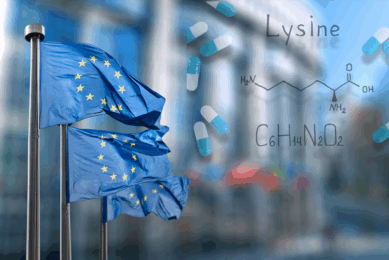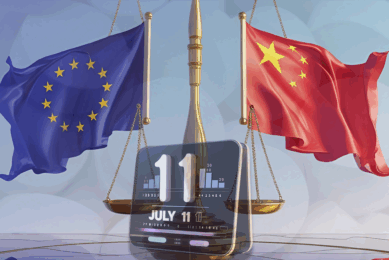Vitamins market update as vitamin E A and D3 prices decline

Vitamin prices continue to trend downward across several categories, with limited buying activity and cautious market sentiment. Despite stable supply and upcoming capacity expansions, demand remains muted. Traders are watching tariff discussions, exchange rate shifts, and Q3 contract coverage closely. (Vitamin market update week 20).
In partnership with Feed Additive Prices
Vitamin E 50%
In the USA, pricing trends remain relatively stable to slightly declining, while other regions have experienced a notable drop in vitamin E prices over the past few weeks amid limited purchasing activity. Anticipated new capacity from China is set to complement the existing supply already in the market. Despite some suppliers opting to withhold offers or announce scheduled plant maintenance, buyers have chosen to remain inactive and have not taken any significant actions. Contracts for the second quarter are confirmed, along with a limited allocation for the third quarter.
Vitamin A 1000
Market prices continue their steady decline, leading participants to question when this trend might find stability. BASF has yet to resume operations, with a return still anticipated in May, and has not officially lifted the Force Majeure. Meanwhile, a new Chinese supplier is expected to make its entrance shortly. Demand remains relatively subdued, and traders continue to grapple with an oversupply of materials, as current market trends do not indicate an imminent shift. While contracts for the second quarter are secured, the coverage for the third quarter remains largely unfilled.

Vitamin D3 500
No significant changes have been observed compared to the previous week, although a minor price decline has occurred in certain regions due to fluctuations in exchange rates and sellers aiming to reduce their inventory. Despite supply remaining constrained, demand is somewhat lagging, which continues to keep prices elevated, even with a gradual downward trend becoming apparent across most areas. Initially, vitamin D3 was exempt from the recent import tariffs, then it fell under the high tariff after all, and now it is under discussion again between China and the USA. Contracts for the second quarter have been established.
D-Calpan
The base price FOB China remains very low with no significant changes anticipated soon, while in the USA, prices are stable. In Europe, prices have declined due to fluctuations in the EUR-USD exchange rate, with Q2 mostly contracted already and Q3 largely open still.
Vitamin B3
The market shows signs of stabilisation following a recent decline in prices, prices which have remained relatively low. Buyers find themselves on the sidelines regarding any potential additional volumes and have a wait-and-see attitude. Q2 and a small portion of Q3 have been contracted.











